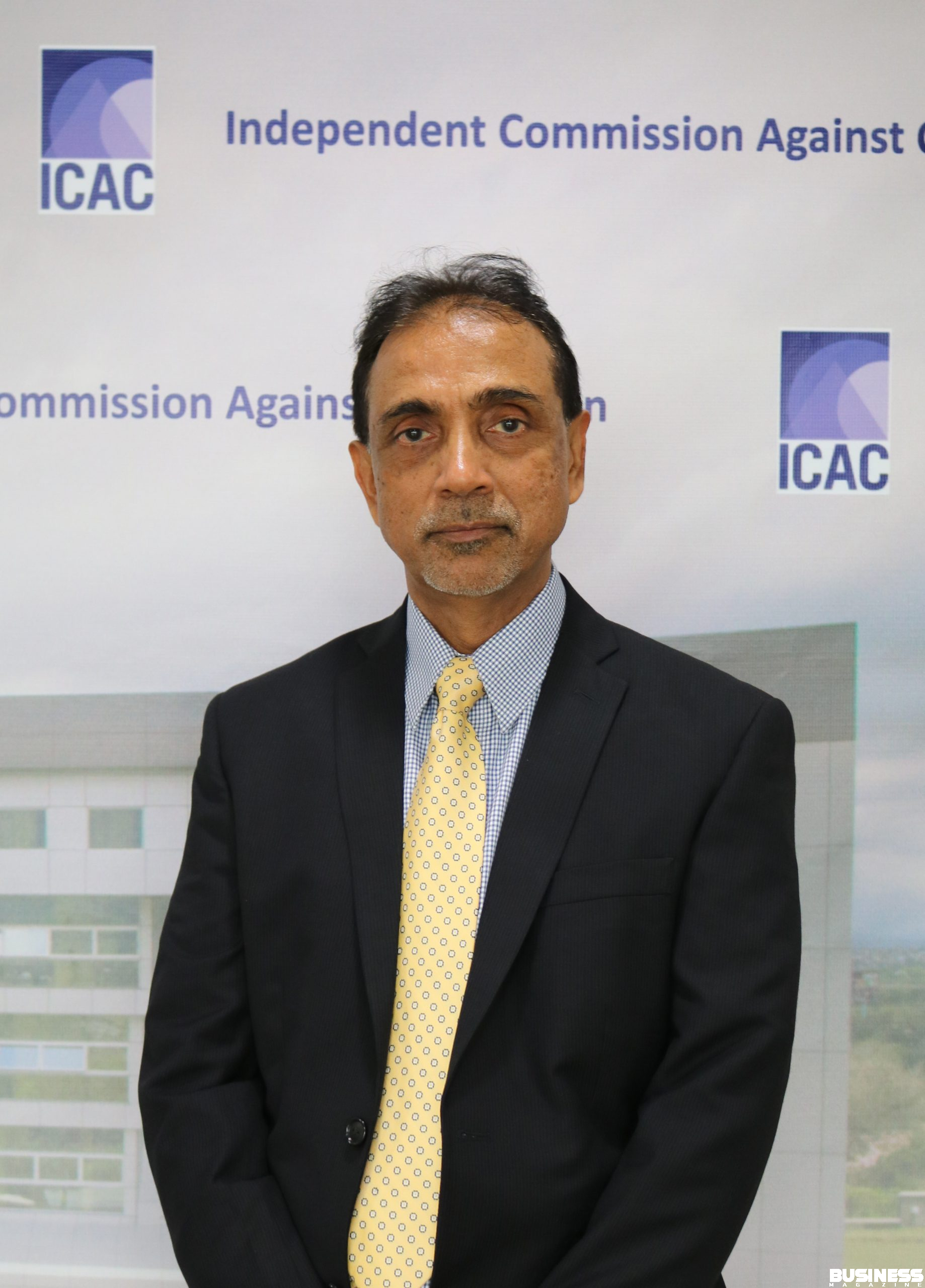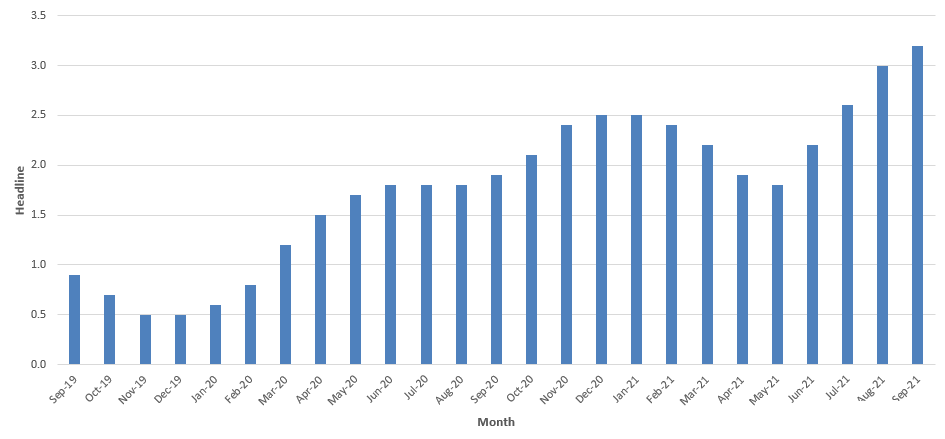Transforming the public sector for a better tomorrow
Share

Government leaders have been seeking ways to reduce waste through operational-improvement programs inspired by lean concept. Classic lean techniques for eliminating waste, variability, and inflexibility have been used successfully with processes that somewhat resemble manufacturing to other services where the ideas might seem less obviously relevant. There are several instances in which public organisations take a narrow view of lean operations. They devote their efforts exclusively to mastering the “hard” aspects of operational improvement. Several guidelines have been enunciated hereunder to improve the public sector in the long run.
Once an organisation has identified what technical improvements are needed for an operating system, it must develop a corresponding management infrastructure to support and enable change. These are few steps toward establishing the management infrastructure that are key to the sustained success of a lean transformation.
Link process metrics to value
An organisation must first develop a thorough understanding of its end-to-end processes and where the value lies in each step of each process. This included identifying what made each step necessary, describing how it added value to the overall process, and finding sources of waste known as value-stream mapping. Individuals involved in the accurate value stream map must remain completely objective.
Critical to a lean transformation’s sustainability is management’s ability to track unit performance and make fact-based decisions. Organisation can collect and disseminate performance data either that produces performance reports, understand and focus on KPIs. Ensuring that the right people are reviewing and discussing them at the appropriate times in a disciplined approach in order to avoid a “gotcha” mentality that will almost certainly demoralize staff.
Changes in processes will often necessitate a redesign of roles in the organization. To avoid variability, the division concluded that a single person should be responsible for performing all these tasks to be known as the policy coordinator.
To prevent enthusiasm from waning, organizations have tried all manner of monetary and nonmonetary incentives. Such incentives to work must be crafted carefully and should benefit employees as well as organization. Such arrangements also help embed the concept of continuous improvement. But failure to reinvest at the proper level may dilute the value of this incentive.
My experience in applying lean concepts – public and private sectors – demonstrates that the failure to sustain change over the long term is often due to inattention to employees’ mind-sets and capabilities. Without the shift to a performance culture, it will be difficult to initiate change and to have employees adhere over time to the new standards.
One of the most difficult changes to make in government organisation is the shift to customer-centric organization. Dissatisfied customers do not have as big an impact on the public sector as they do on the private sector, because there are often no competitors. The employees can then feel the frustration of waiting lengthy periods of time or encountering less-than-helpful attitude and report back the experience to other team members with supporting data.
Another significant challenge in public-sector lean efforts is “bureaucracy think,” which becomes a particular problem when process cuts across government. One strategy is to educate units about what other units involved in their processes do. Another effective technique is to create shared metrics or help units better understand their shared goals. To break free of this mind-set, a cross-functional team needs to be created. Team members would feel a sense of loyalty which helped them resolve tensions that might have lingered had they worked only within their silos.
If leaders do not convey that there is urgent need for change, then the lean transformation will not be as successful. Leaders should set a clear goal and made it plain that there would be accountability for any inefficiency in the new process.
Another mind-set frequently encountered in the public sector is an aversion to performance measurement and risk. Often this stems from the perception that there is more downside to surfacing problems than there is upside to making improvements. Management can play a large role in changing this perception. Managers should thank employees for trying new approaches, and focus on solving problems rather than assigning blame for mistakes. Lean transformation is a marathon, not a sprint. There will always be opportunities for quick wins, but lasting improvement does not come after a few weeks of training. Organization must foster a culture of continuous improvement where managers set the new standards to which everyone is expected to adhere, and create a work environment that fosters teamwork, discipline and enthusiasm.

















